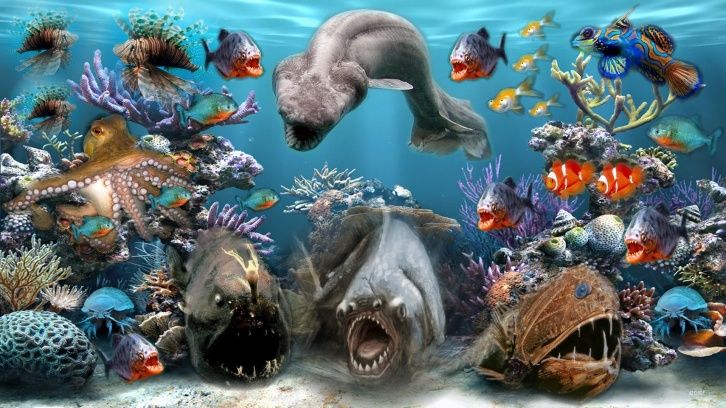
FAQ About Ocean Life

How do seahorses reproduce?
Seahorses have a unique and fascinating reproductive process that differs from most other fish. Here's an overview of how seahorses reproduce:
- Courtship and Pair Bonding: Seahorses engage in an intricate courtship process, during which a male and female form a pair bond. This bond can last for an extended period, and some seahorse species are even known to mate for life.
- Egg Transfer: Once the pair bond is formed, the female seahorse deposits her eggs into a specialized pouch located on the male's abdomen, known as the brood pouch. The female transfers the eggs to the male through a tube called the ovipositor.
- Fertilization: After the female transfers her eggs, the male fertilizes them internally by releasing sperm into the brood pouch. Fertilization occurs inside the male's pouch, where the eggs are then fertilized and begin to develop.
- Egg Development: The male seahorse provides a nurturing environment for the developing eggs within his brood pouch. The pouch is rich in blood vessels, which supply oxygen and nutrients to the growing embryos. The male may undergo changes in coloration or behavior during this period.
- Gestation Period: The gestation period for seahorses varies among species but generally lasts for several weeks. During this time, the male seahorse provides protection and care for the developing embryos within his pouch.
- Birth: Once the embryos have fully developed, the male goes through a series of muscular contractions to expel the young seahorses, known as fry, from his pouch. The birth process can take several hours, and the male often experiences exhaustion afterward.
- Independent Fry: Unlike many other fish species, seahorses provide no further parental care after birth. The fry are independent from the moment of birth and must fend for themselves in the surrounding environment.
